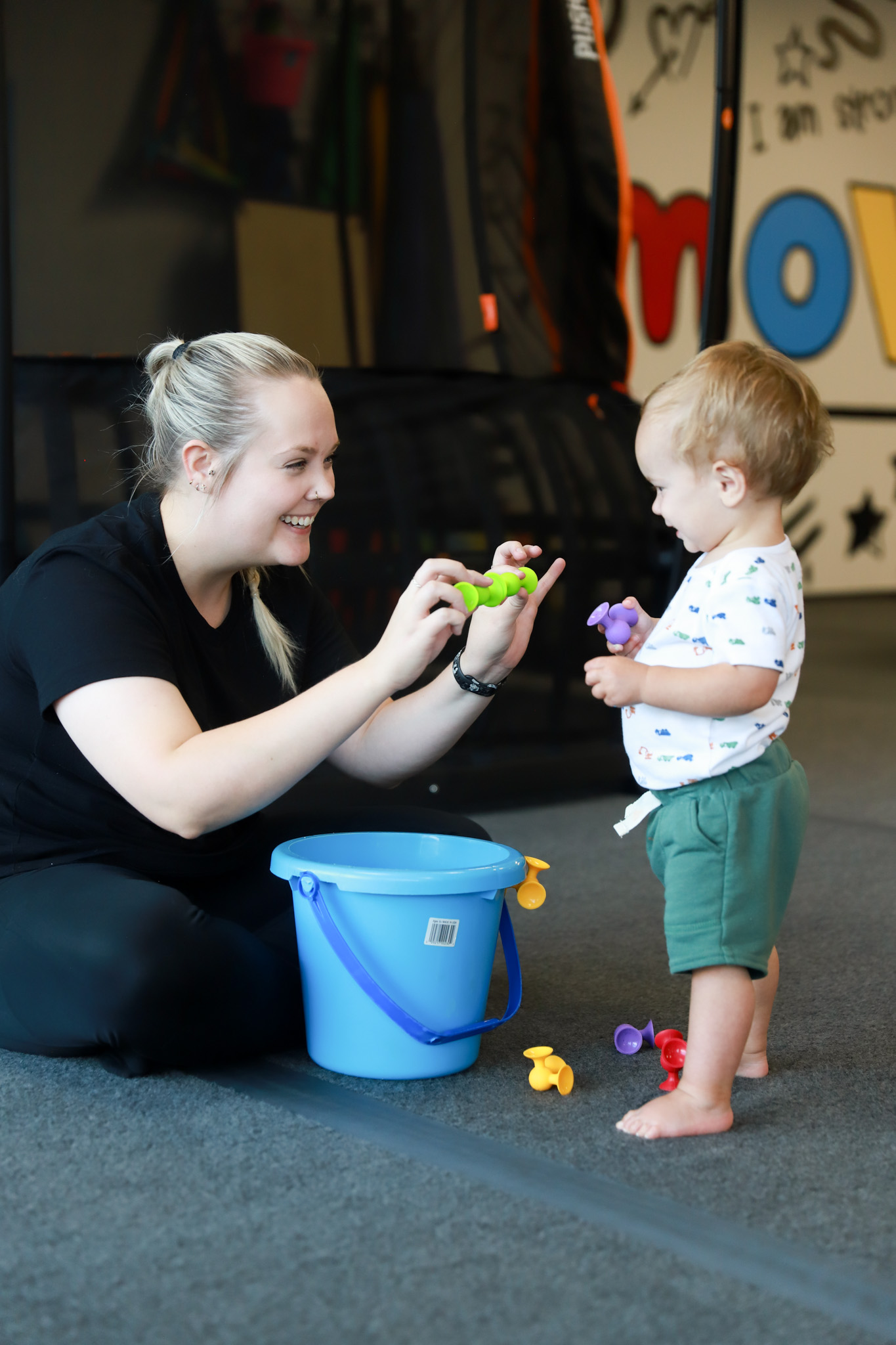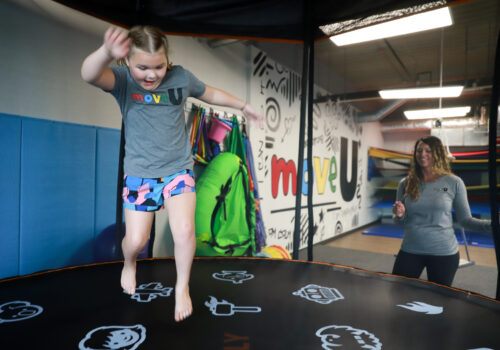Have you ever noticed your child walking on their toes or the balls of their feet? While toe walking can be commonly seen in toddlers that are initially learning to walk, this typically resolves around age 3-4 years old when they develop a mature heel-to-toe walking pattern (Admin, 2024). If your child continues or begins to toe walk around or past the toddler stage, there may be an underlying medical reason for it.
Usually, when children exhibit toe walking it is to compensate for a deficit in another area of the body. Some of those deficits can be related to underlying muscle weakness, neurological conditions, or sensory processing difficulties (Admin, 2024). For children who struggle with toe walking due to sensory-based challenges, they may be experiencing an increased or decreased sensitivity to sensory information, specifically through the vestibular, tactile, and proprioceptive sensory systems. This means that a child that toe walks is processing input from those sensory systems differently which can make it difficult to coordinate body movements for developmentally typical walking.
The vestibular sensory system controls our sense of balance and movements with regards to the position of our head in space (Miller & Fuller, 2006). Deficits in this sensory system cause a child to struggle with awareness of their body position so they feel quite unstable or clumsy (Admin, 2024). To remedy this, the child will then rise to their toes to feel more stabilized when walking. This can also be said for a child with low muscle tone in general as walking on their toes will help them feel more postural security when moving through space. The proprioceptive sensory system controls our sense body position in space which includes sensations like pressure to our muscles and joints (Miller & Fuller, 2006). Proprioceptive input to our bodies can be a regulating and calming experience. For that reason, a child may toe walk because they are seeking out additional proprioceptive input as this manner of walking provides prolonged stimulation to the muscles and joints (deep pressure) which has a calming effect on the body (Admin, 2024). If your child’s toe walking increases when they are particularly anxious or excited, it may be that they are seeking out this type of sensory input in an attempt to self-regulate themselves. Conversely to seeking proprioceptive input, a child may toe walk because they are avoiding sensory input, specifically tactile input. The tactile sensory system controls our sense of touch, pain, and temperature and if a child’s sensory processing of tactile input from the environment is not working properly, they can be over-responsive or defensive to it (Miller & Fuller, 2006). This then can result in them walking on their toes as a way to avoid touch feedback from the ground under their feet.
If your child struggles with toe walking or other sensory concerns, we can help! Click here to request an appointment.
Sources:
Admin. (2024, January 31). Toe walking – what you should know. Pathways.org. https://pathways.org/what-to-know-about-toe-walking/#:~:text=If%20the%20underlying%20reason%20for,autism%2C%20and%20sensory%20processing%20issues
Miller, L. J., & Fuller, D. A. (2006). Sensational kids: Hope and help for children with sensory processing disorder. G.P. Putnam’s Sons.



